Form in art refers to how artists create the illusion of three-dimensional shapes and structures on a flat surface or within a sculpture. It’s like giving life to objects on a canvas or in a sculpture, making them appear solid and tangible.
Understanding form is essential because it allows us to appreciate the depth and volume in artworks, enhancing our understanding and enjoyment of visual art.
By grasping form, you can better appreciate the skill and creativity behind an artist’s work, whether it’s a painting, sculpture, or any other form of artistic expression.
Let’s delve into what form means in art, its significance, and explore some examples to see it in action.
What Is Form In Art?

Form in art refers to the three-dimensional aspect of an artwork, encompassing its height, width, and depth.
It’s like the sculpture or installation you might see in a gallery, where you can walk around it and see it from different angles.
But even in paintings or drawings, which are usually flat, artists can create the illusion of form.
They do this using tricks like perspective, light, and shadows to make things look like they’re popping out of the canvas, giving them depth and dimension.
It’s important to note that form is different from shape. Shape is more about the flat, two-dimensional outline of something, like a circle or a square.
Form, on the other hand, adds that extra dimension, making things look like they have volume and depth.
So, while shape is flat, form is like adding thickness and depth to that flat shape, making it feel more real and lifelike.
7 Principles of Art

Form is one of the elements of art, not principles of art. You can learn about each principle of art and element of art in the linked articles below:
- Balance
- Contrast and Emphasis
- Movement and Rhythm
- Unity and Variety
- Harmony
- Pattern
- Proportions and Scale
7 Elements of Art
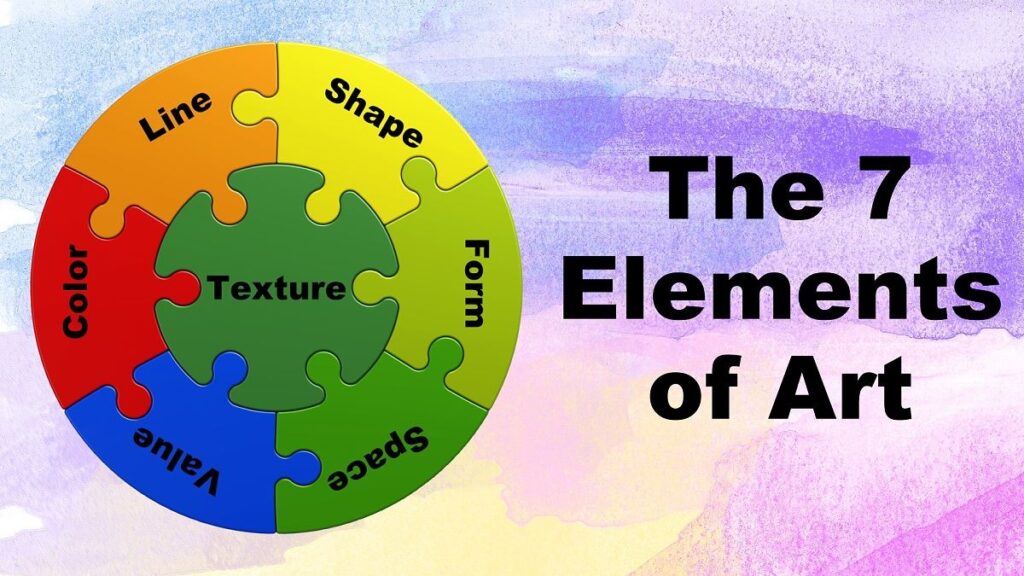
Examples Of Form In Art

Form in art refers to the way shapes and objects are arranged to create a sense of volume, depth, and structure. It’s like how a sculptor molds clay or carves marble to bring a figure to life in three dimensions.
Take for instance the sculpture “Laocoön and His Sons.” Crafted from marble, it shows muscles and features so precisely carved that they cast shadows and make the figures seem real. The folds in the drapery add to the sense of form, giving depth and dimension to the piece.
Even in 2D art like etchings, artists like Rembrandt use techniques like hatching and cross-hatching to create the illusion of form.
By varying the density and direction of lines, he can make grass look like it’s swaying in the wind or buildings appear solid and three-dimensional, even though they’re drawn on a flat surface.
So, whether it’s a painting, sculpture, or etching, artists use form to make their creations feel tangible and lifelike, inviting us to explore and experience them in a deeper way.
The Importance Of Form In Art
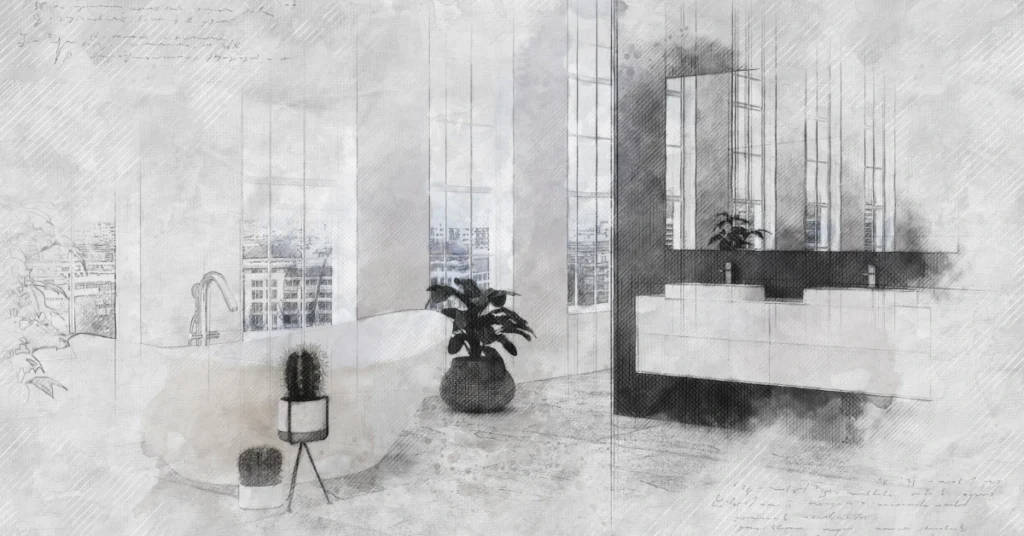
The importance of form in art is like the skeleton of a painting or sculpture.
It’s about how things look in terms of shape, size, and structure. When artists pay attention to form, they can make their art really captivating and full of meaning.
Another cool thing about form is that it lets artists get super detailed. They can use it to sculpt realistic objects or figures, capturing tiny details that make their art look incredibly lifelike.
But form isn’t just about making things look good; it’s also about making people feel things. Artists can use form to evoke emotions or tell stories.
By playing with shapes and structures, they can create art that makes us feel happy, sad, or even scared.
And lastly, form can give art a sense of movement. Even in a still painting, the way the forms are arranged can make it feel like things are flowing or changing. It’s like the art is alive and moving right before our eyes.
Types Of Form In Art
In the world of art, when we talk about form, we’re often referring to the shapes and structures that make up a piece.
These forms are like the building blocks of art, and they can fall into two main groups: organic and geometric.
But here’s where it gets interesting: some artists like to mix things up, blending organic and geometric forms together to create something entirely new and unique, reflecting their own creative vision and intentions.
Organic Forms

When we talk about organic forms in art, we’re delving into shapes that resemble living things.
Think about plants, animals, and even humans—these forms are never quite the same. They change, they grow, and they move, just like the world around us.
Take for instance Odilon Redon’s masterpiece, “Lemon and Pepper.”
Even though it’s just a flat painting, it captures the essence of organic forms brilliantly.
Look closely, and you’ll see the shapes of a lemon and a bell pepper. They’re so detailed and lifelike that you might mistake them for real objects.
So, when we talk about organic forms in art, we’re celebrating the beauty and dynamism of the living world.
Whether it’s a painting, a sculpture, or any other artwork, organic forms remind us of the ever-changing nature of life itself.
Geometric Forms
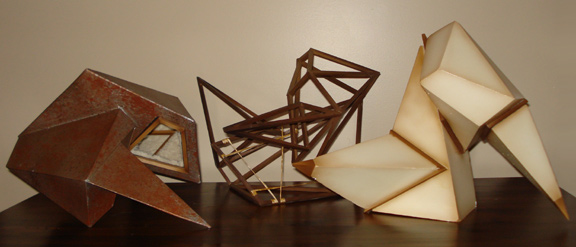
Geometric forms in art are like the shapes you learn about in math class—think cubes, spheres, pyramids, cylinders, and cones. They’re solid, artificial shapes that don’t really look like stuff from nature.
An artist named František Kupka did some cool stuff with geometric forms in his paintings.
Even though he was working on a flat canvas, he used color and lines to make it seem like there was depth and shape in his art.
So, even though it was all flat, it felt like you could reach out and touch those shapes.
What Are The Qualities Of The Three Dimensional Form?

Three-dimensional forms in art have two distinct qualities: volume and mass.
Volume Of Form In Art
One important quality is how the form interacts with its volume and negative space.
For example, if a sculpture or structure incorporates open volume with significant negative space, it can create a feeling of lightness. It’s as if the form is floating or hovering over the surface rather than feeling heavy or grounded.
An excellent example of this concept is seen in the work of Ukrainian artist Vladimir Tatlin. His Monument to the Third International is a towering structure made of iron geometric forms.
Despite its considerable height, the use of open volume and negative space makes it appear lightweight, almost as if it defies gravity.
So, in essence, the qualities of three-dimensional form include how it occupies space, interacts with negative space, and can evoke feelings of weight or lightness depending on its design and composition.
Mass Of Form In Art
Firstly, mass refers to the solid volume of an object. Imagine holding a ball in your hand – you can feel its weight and volume, that’s its mass. It’s what gives an object its physical presence.
Secondly, mass implies immovability. When something has mass, it’s not easily moved around. Think of a heavy rock sitting in a garden – it’s not going to budge easily.
Lastly, mass suggests impenetrability. This means that one solid object cannot pass through another solid object. Picture trying to walk through a brick wall – it’s impossible because the wall has mass.
A great example demonstrating these qualities is Rachel Whiteread’s artwork called House.
She took an abandoned house and filled it entirely with concrete, capturing the negative space inside. This created a massive, solid form, showcasing the qualities of mass brilliantly.
Why Do Artists Need Art Form?

Artists need art form because it serves as their toolkit for communicating with the audience through their creations.
Imagine you’re telling a story. You’d want to use the right words, expressions, and tone to convey the message effectively, right?
Similarly, artists use form in their art to express their ideas, emotions, and perspectives.
Form also helps artists control how their artwork interacts with its surroundings.
For instance, large and heavy geometric forms might make a viewer feel small or intimidated, while softer, organic shapes can feel more inviting and connected to nature.
In a nutshell, artists need art form because it’s their language for expressing themselves and connecting with their audience. Just like writers need words and musicians need notes, artists need form to bring their visions to life.
How To Represent Form In Paintings and Drawings?
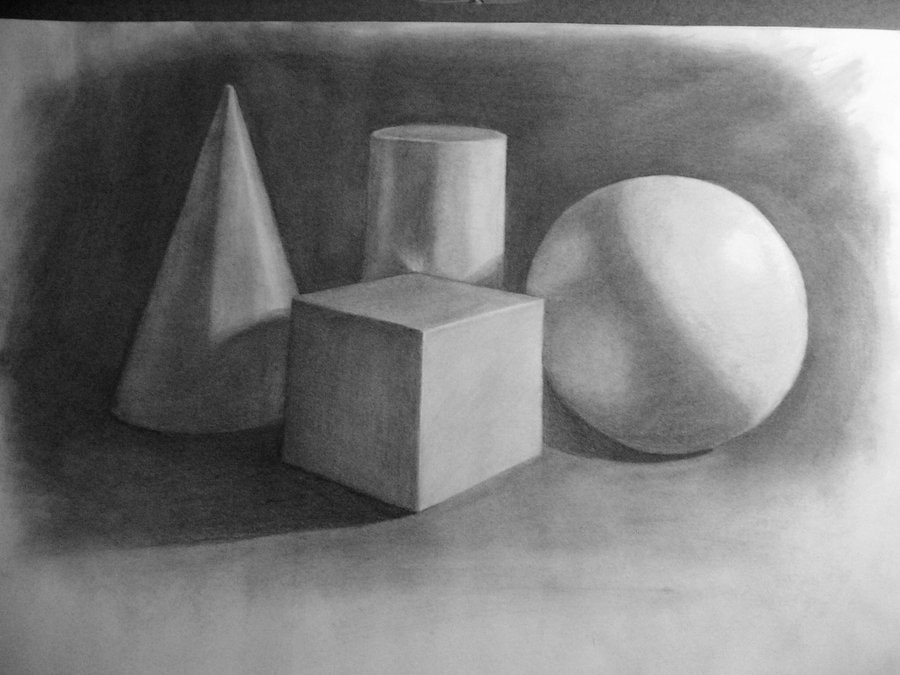
Representing form in paintings and drawings involves creating the illusion of three-dimensional objects on a two-dimensional surface. Artists use various techniques to achieve this effect.
In drawing, pencil artists often employ shading techniques like hatching and cross-hatching.
By varying the density and direction of these lines, they can create the illusion of depth and volume. Additionally, perspective is a powerful tool for representing form.
Artists can use techniques such as diminishing sizes of objects or atmospheric perspective to convey depth and distance in their work.
Painting offers even more possibilities for representing form. Artists can play with light and shadow to suggest the curvature and volume of objects.
For example, by mixing dark shadow tones with bright highlights, they can create the appearance of light falling on different surfaces of a form.
Winslow Homer, a renowned painter, masterfully rendered the form of a wave by painting curving lines along the barrel and capturing the reflective points on the ripples.
Conclusion
In essence, form in art is the gateway through which artists breathe life into their creations, be it a sculpture, painting, or drawing.
It’s the magic that transforms flat surfaces into captivating realms of depth and dimension, inviting viewers to explore and experience art in profound ways.
By understanding form, we unlock the secrets behind an artist’s craft, appreciating the intricate details and the stories they tell.
It’s not just about making things look good; it’s about evoking emotions, capturing moments, and communicating ideas.
Form gives art its substance, its texture, its weight—immersing us in worlds both real and imagined.
As we journey through the realm of art, let’s remember the significance of form—it’s not just about what we see, but how we feel and what we understand. It’s the language of artists, speaking volumes without uttering a single word.
So, let’s continue to celebrate form, for it is the bridge that connects us to the boundless creativity of the human spirit.

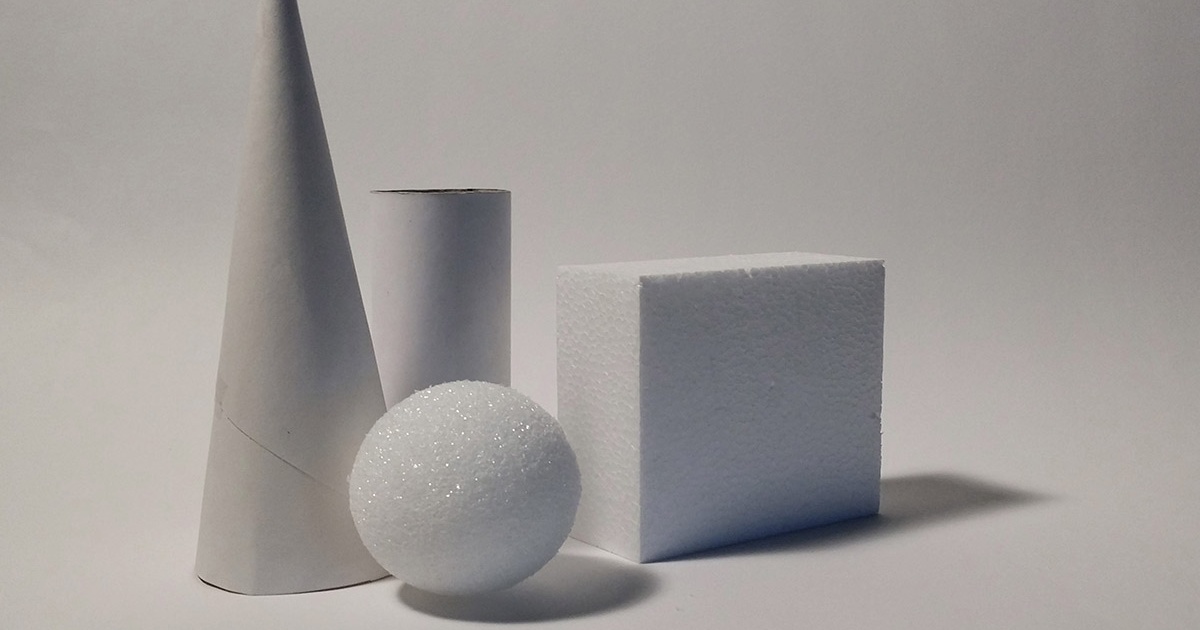
Leave a Reply